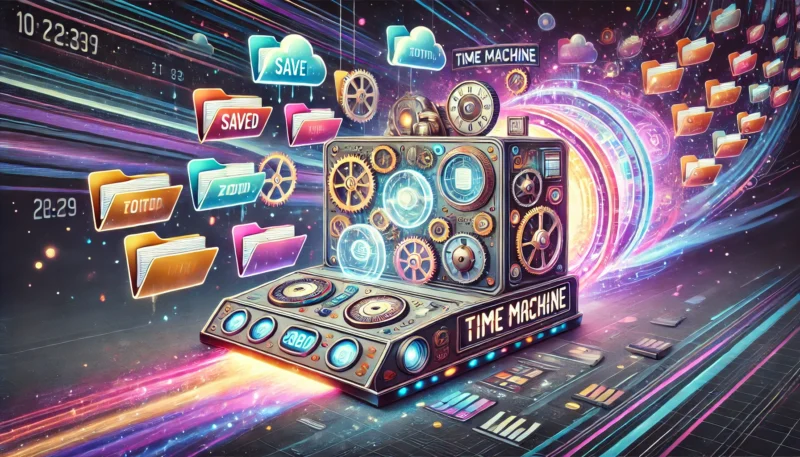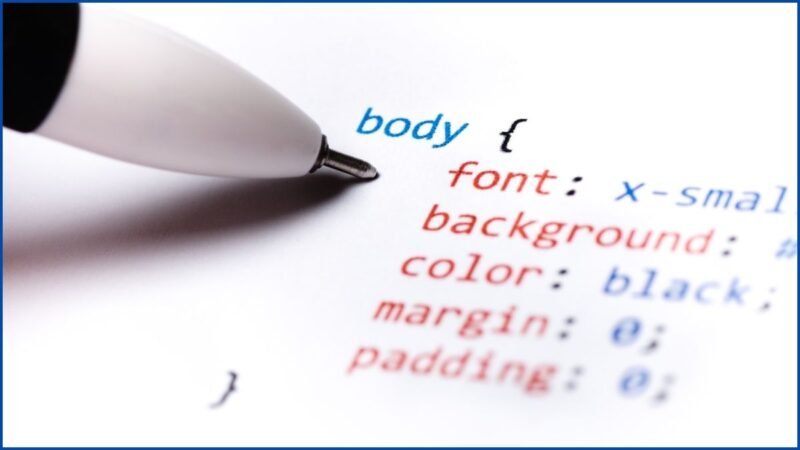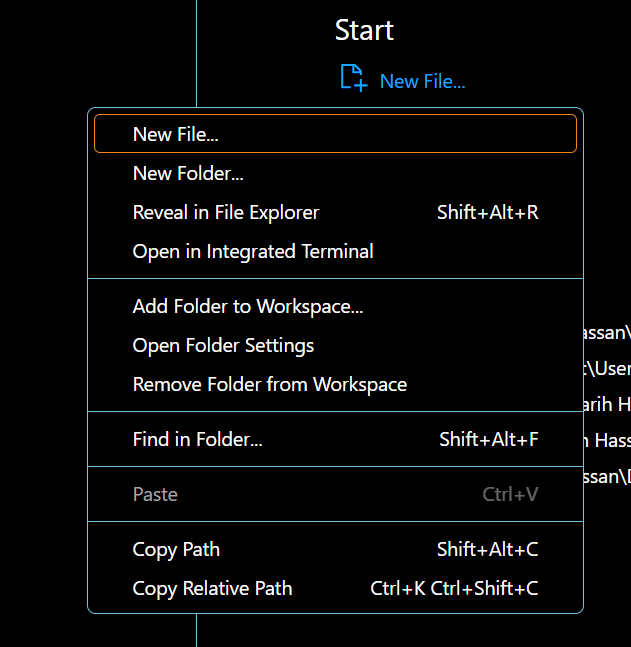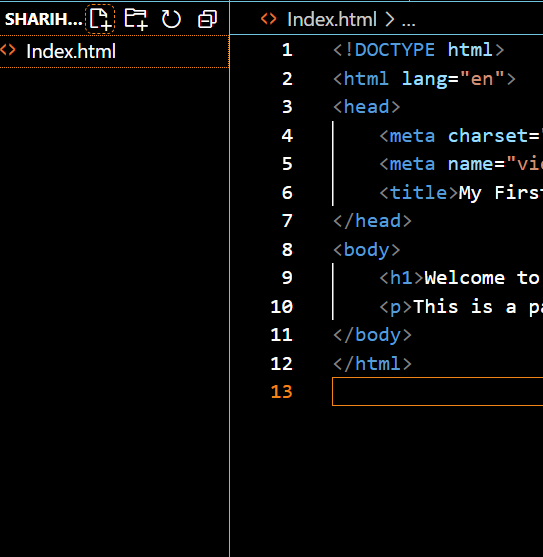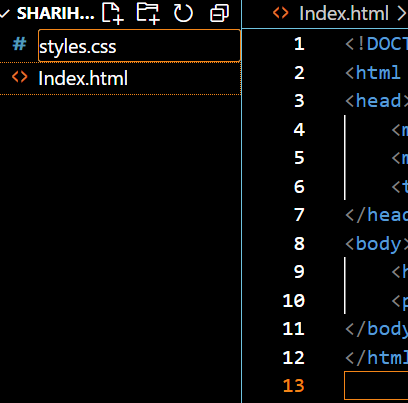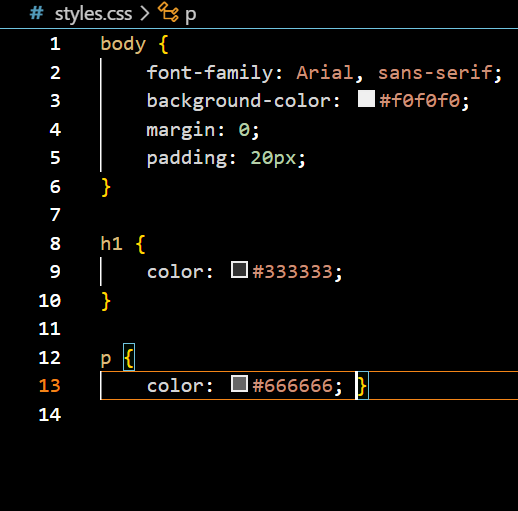Hey there, future coding legend! 🙌 Let’s talk about something every developer needs to know: Version Control. And when it comes to version control, Git is the MVP. Whether you’re just starting out or looking to boost your coding skills, learning Git is a game-changer. Let me walk you through why it’s essential, how GitHub fits into the picture, and some basic commands to get you started.
Ready? Let’s dive in!
What Is Version Control, and Why Does It Matter? 📊
Imagine this: You’re working on a project, and something breaks. Like, really breaks. Wouldn’t it be great if you could rewind time and fix everything without losing your work? That’s exactly what version control does.
Version control is a system that tracks changes in your code, so you can:
- Undo mistakes without breaking a sweat.
- Collaborate seamlessly with others without overwriting each other’s work.
- Keep a detailed history of your project, so you know who changed what and when.
It’s like having a time machine for your code. Pretty cool, right? 🚀
Why Learn Git? 🔧
So, why is Git the go-to version control system for developers worldwide?
- It’s Everywhere: Git is used by companies big and small—from startups to giants like Google and Microsoft. If you’re serious about coding, Git is non-negotiable.
- Collaboration Made Easy: Working in a team? Git lets everyone work on the same project without stepping on each other’s toes. (Goodbye, “final_final_v2_revised.doc” chaos 😂)
- Open Source & Free: Git is free to use, so there’s no barrier to entry.
- Boost Your Career: Proficiency in Git is a skill that makes your resume stand out to employers.
Git vs. GitHub: What’s the Difference? 🔍
People often confuse Git with GitHub, but they’re not the same thing.
- Git: The version control tool that tracks changes in your code.
- GitHub: A cloud-based platform where you can store and share your Git repositories. Think of it as a social network for coders—you can collaborate, showcase your projects, and even contribute to open-source work.
Pro Tip: There are other platforms like GitLab and Bitbucket, but GitHub is the most popular, making it a great place to start.
Getting Started with Git: Basic Commands 🛠️
Here’s a quick cheat sheet to help you dip your toes into Git:
- Initialize a Repository:
git initStart version control in your project folder. - Check the Status:
git statusSee which files have been modified or staged. - Add Files to Staging:
git add <filename>Stage your changes for the next commit. - Commit Changes:
git commit -m "Your message here"Save a snapshot of your changes. - Push to GitHub:
git push origin mainUpload your changes to a remote repository (like GitHub). - Clone a Repository:
git clone <repo-url>Copy an existing repo to your local machine.
These commands are just the tip of the iceberg, but they’ll get you up and running in no time.
Why Learn Git Now? 🌐
Still wondering if you should learn Git? Here’s why 2025 is the perfect time to start:
- Teamwork Is Key: Whether you’re freelancing or working a 9-to-5, collaboration is part of the job. Git makes it painless.
- Remote Work: With remote work on the rise, being able to contribute to projects via GitHub is crucial.
- Stay Competitive: Companies expect developers to know Git. It’s not just a skill—it’s a necessity.
Final Thoughts 😎
Learning Git might feel a little intimidating at first, but trust me—once you get the hang of it, you’ll wonder how you ever lived without it. It’s like having a superpower for your code.
If you’re ready to take the next step, check out my HTML & CSS Basics: Building Your First Webpage article to start your web development journey.
Got questions about Git? Drop them in the comments—I’d love to help you out. Happy coding! 🚀
#Git #GitHub #VersionControl #WebDevelopment #CodingForBeginners
